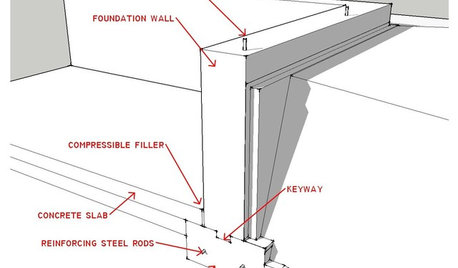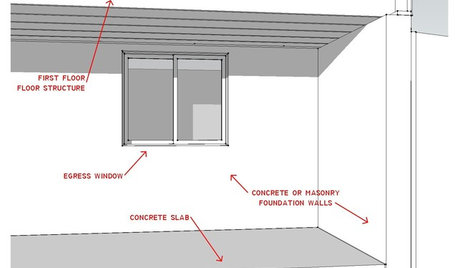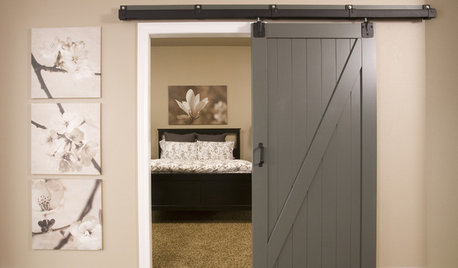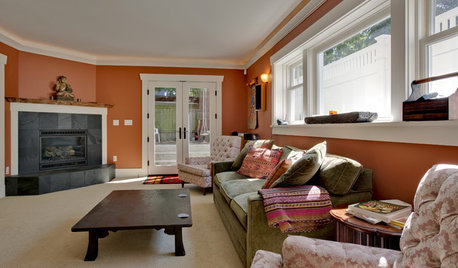How to detect foundation/wall cracks in a finished basement?
ILoveCookie
10 years ago
Related Stories

BATHROOM TILEQuick Fix: Repair Cracked Bathroom Grout
Banish an eyesore and safeguard your bathroom from water damage in 30 minutes or less with this DIY repair
Full Story
CONCRETEWhy Concrete Wants to Crack
We look at the reasons concrete has a tendency to crack — and what you can do to help control it
Full Story
ARCHITECTUREKnow Your House: What Makes Up a Home's Foundation
Learn the components of a common foundation and their purpose to ensure a strong and stable house for years to come
Full Story
REMODELING GUIDESKnow Your House: The Steps in Finishing a Basement
Learn what it takes to finish a basement before you consider converting it into a playroom, office, guest room or gym
Full Story
REMODELING GUIDESContractor Tips: Finish Your Basement the Right Way
Go underground for the great room your home has been missing. Just make sure you consider these elements of finished basement design
Full Story
REMODELING GUIDESFinish Your Remodel Right: 10 Tasks to Check Off
Nail down these key details to ensure that everything works properly and you’re all set for the future
Full Story
BASEMENTSA Raw Washington Basement Gets Serenity Now
Neutral tones and custom storage infuse a family's newly finished basement with a restful air
Full Story
REMODELING GUIDESHow to Dig Down for Extra Living Space
No room for a ground-level addition? See if a finished basement is a good idea for you
Full Story
KITCHEN DESIGN3 Steps to Choosing Kitchen Finishes Wisely
Lost your way in the field of options for countertop and cabinet finishes? This advice will put your kitchen renovation back on track
Full Story
BLACKCooking With Color: When to Use Black in the Kitchen
Consider sampling Caviar or Cracked Pepper on your kitchen walls or cabinets for richness and impact
Full StoryMore Discussions








virgilcarter
worthy
Related Professionals
West Palm Beach Architects & Building Designers · Frisco Home Builders · Valencia Home Builders · Arlington General Contractors · Athens General Contractors · Citrus Heights General Contractors · DeKalb General Contractors · Exeter General Contractors · Geneva General Contractors · Havelock General Contractors · Montclair General Contractors · Mount Vernon General Contractors · North Smithfield General Contractors · Randolph General Contractors · Williston General ContractorsILoveCookieOriginal Author
virgilcarter
DLM2000-GW
worthy
bus_driver
worthy
worthy
DLM2000-GW
ILoveCookieOriginal Author
virgilcarter
ILoveCookieOriginal Author